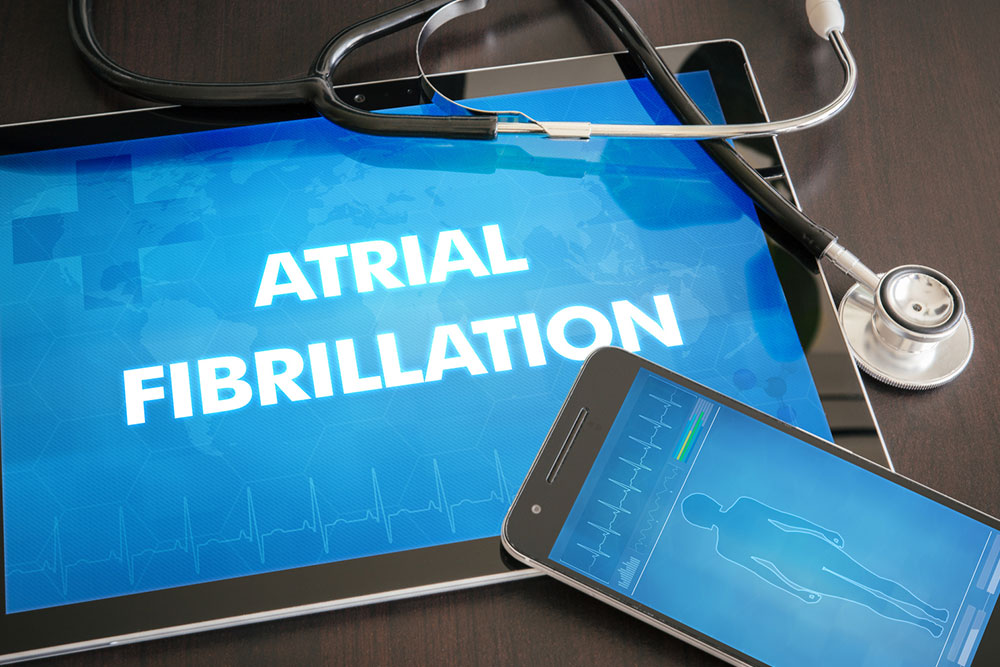All You Need to Know about Atrial Fibrillation

Atrial fibrillation, which is more commonly known as AFib, is a typical heart condition where the heart beats at a much faster rate than usual. More precisely, the heartbeat is often irregular and more than 100 beats or less than 60 beats per minute as compared to the normal heartbeat rate of 60 to 100 beats per minute, when you are in a resting and a relaxed position. Such fast heartbeats can cause serious complications like a stroke or a blood clot in the heart. Thus, it needs to be treated immediately before the situation goes out of the control. Thus, AFib treatment at the right moment is very important. In this article, we’ll discuss some important facts about AFib that can help you to take the right decision before it’s too late.
Causes of AFib
Normally, when your heart beats it contracts and relaxes with a regular rhythm to pump blood in and out of the chambers of the heart. But with AFib, the upper chambers of the heart, which is known as the atria, contracts randomly at a much faster rate; thus, the heart muscles fail to relax in-between such fast contractions. As a result, the efficiency of the heart is compromised. People who are above 65 years of age are the most common ones to suffer from this heart abnormality. This complication can be triggered by habits of smoking and drinking. But at times, AFib may also occur without any underlying abnormalities in the heart. For example, lifestyle diseases like overactive thyroid or diseases like pneumonia and pulmonary embolism can also trigger Afib. These conditions are often found in young adults. The symptoms of AFib like feeling tired or dizzy may be ignored or misread, but they may be still suffering from AFib.
There are various degrees of AFib, depending on the severity of the condition. They are as follows:
- Paroxysmal AFib – Episodes that start and end and usually resolve itself within 48 hours without treatment.
- Persistent AFib – Each episode may last for more than a week.
- Long-standing AFib – When there are recurring episodes that may last for more than a year.
- Permanent AFib – When the episodes are permanent and present every time.
Symptoms of AFib
The most common symptoms of AFib are heart palpitations, where one feels like his or her heart is fluttering and pounding for a few seconds or it may last for quite some time. Other obvious symptoms include feeling tired and light headed. Also if you feel a pain in your chest, do not delay in consulting a doctor.
Treatment
Depending on the severity, there are various AFib treatment procedures that include the following:
Medications
Medicines help in preventing the blood clots in the heart thereby reducing the chances of stroke. There are many blood thinner medicines available in the market that can help you with these complications. However, it is important to remember that medications for AFib should only be taken as prescribed by the doctor. Medicines are the first means that are resorted to by the doctors to prevent AFib. If the patients do not respond to medicines then only chances of surgical and nonsurgical procedures arise.
Surgical procedures
Surgical procedures include placing a pacemaker in the body which is an electronic device that regulates the heartbeat to the sinus rhythm. It is implanted somewhere near the collarbone that sends out electrical impulses for maintaining a steady and contracting rhythm of the heart. This procedure is resorted to only when the patients fail to respond to medications as heart surgeries have life risks associated with them.
Another surgical procedure includes the maze procedure. It is an open heart surgery where the surgeon creates incisions in the atria to prevent the abnormal electrical impulses from getting into the atrium. This prevents the fibrillation and thus is a very effective AFib treatment.
Non-surgical procedures
The nonsurgical procedures include the following:
- Electrical cardioversion – It is a procedure in which electric current is used to reset the hearts rhythm to its normal pace. The low-voltage electric current enters the body through patches that are applied to the chest wall.
- Radiofrequency ablation – This procedure is also called the catheter ablation, where a narrow catheter which is electrically sensitive is inserted into the blood vessels leading to the heart. The catheter with the help of radiofrequency energy destroys those tissue cells in the heart that send the abnormal electrical impulses causing irregular heart rhythms.
Lifestyle changes
Apart from the medications, surgical, and non-surgical procedures, there are certain lifestyle changes that should be adhered to in order to keep the heart in a healthy condition and to prevent AFib. These lifestyle changes include quitting drinking and smoking. Also quitting instant cough and cold medicines containing stimulants can keep AFib at bay. If doing certain things worsens the AFib symptoms, it is important to consult the doctor immediately.



